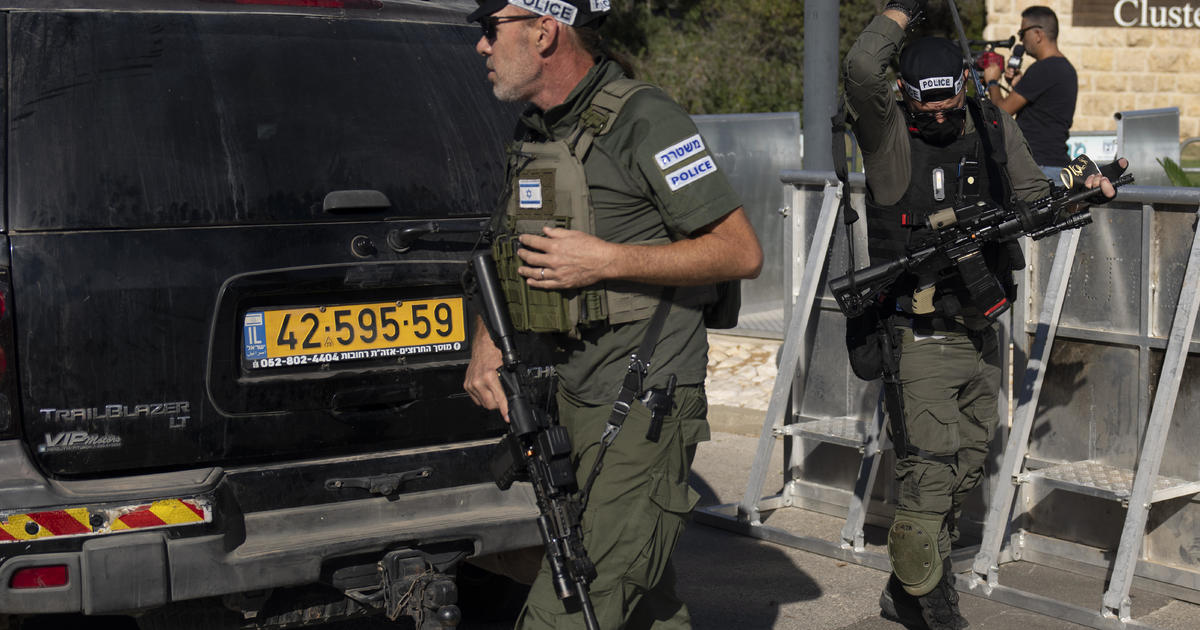The recent escalation of violence in the Middle East, particularly the ongoing conflict between Israel and various militant groups, has resulted in a significant humanitarian crisis and a complex geopolitical situation. This includes a drone attack targeting Prime Minister Benjamin Netanyahu’s home, intensifying ground and air attacks in Lebanon and Gaza, the death of key leaders on both sides, and the ongoing hostage crisis. The multifaceted nature of the conflict, involving multiple actors and a web of interwoven issues, makes understanding the current dynamics crucial.
Drone Attack on Netanyahu’s Residence
On Saturday, a drone attack targeted the residence of Israeli Prime Minister Benjamin Netanyahu in Caesarea. While neither Netanyahu nor his wife were present at the time, the incident highlights the escalating tensions and the vulnerability of high-profile figures. The attack underscores the determination of militant groups to target key leaders in Israel.
Unclear Origins and Responsibility
The origins of the drone and the identity of those responsible remain undisclosed. The lack of immediate information regarding the drone’s trajectory and point of origin adds to the uncertainty surrounding the incident. This ambiguity necessitates a thorough investigation to uncover the perpetrators and potentially unravel the intricate network facilitating such operations. The Israeli government has not provided any insights into interception efforts or the final location of the drone, intensifying speculation around the details of this security breach.
Implications of the Attack
This drone attack raises serious security concerns for Israel and raises questions regarding its counter-drone defense capabilities. It’s not only an attack on a significant political figure but also an attempt to undermine the stability of the Israeli government and cause psychological impact. Further, it is also potentially a symbolic act meant to showcase capability and provoke the Israeli response. The incident serves as a stark reminder of the evolving nature of modern warfare and its direct threat to both military and civilian targets.
Intensified Fighting in Lebanon and Gaza
The drone attack comes amidst intensified fighting in both Lebanon and Gaza. Israel’s ongoing war against Hezbollah in Lebanon and Hamas in Gaza has claimed thousands of lives and caused widespread destruction.
Lebanon: Hezbollah and Israeli Airstrikes
In Lebanon, Hezbollah has launched multiple barrages of rockets and drones at northern Israel, with Israel responding with airstrikes, targeting key Hezbollah personnel, including its deputy commander in the south. This exchange of fire has resulted in both military and civilian casualties on both sides. The war continues to be deeply felt by the population in Lebanon’s border areas.
Gaza: Hamas and Israel’s Response
In Gaza, Israeli strikes have caused immense destruction and devastation. Reports from hospitals and on-ground journalists indicate that Israeli airstrikes have hit hospitals, residential areas and densely populated areas. The loss of civilian life continues to grow as the humanitarian crisis intensifies. The death of Hamas’ leader, Yahya Sinwar, has shifted the dynamics of the conflict, but it has not led to a reduction in the fighting. There remains a complex standoff with regard to potential prisoner releases.
Humanitarian Crisis and Displacement
The ongoing conflict has resulted in a significant humanitarian crisis, displacing over 90% of Gaza’s population and causing widespread destruction of infrastructure and homes. Access to food, water, medicine, and fuel remains severely limited, posing severe challenges to those trying to survive the onslaught. The situation is increasingly desperate, and international aid efforts are severely strained under pressure.
Political Fallout and Hostage Situation
The death of key figures on both sides, including Hamas leader Yahya Sinwar, is dramatically altering the power dynamics and creating ripple effects.
Sinwar’s Death and Its Implications
The killing of Sinwar, while perhaps intended to disrupt Hamas operations and destabilize its leadership structure, has not seemingly resolved the conflict. Although it may have introduced some uncertainty among Hamas ranks, Israel’s hope to create a major shift towards de-escalation remains a point of serious contention. The conflict’s momentum shows no signs of stopping.
The Hostage Crisis
The ongoing hostage crisis remains a major factor influencing the conflict’s trajectory. Hamas’ refusal to release hostages held since the October 7 attack continues to serve as an obstacle in initiating cease-fire talks. The differing stances of both sides highlights the significant gap between negotiation positions and what’s currently on the table. Pressure remains for swift negotiations and an acceptable outcome for both parties.
Iran’s Role and International Concerns
The conflict also draws attention to Iran’s role and international involvement in this sensitive geo-political area. The conflict’s expansion and intensity have ignited deep concern across international platforms and in government sectors world-wide. The need for strong diplomatic action has also intensified amongst international stakeholders in order to curtail escalating violence.
Iran’s Support for Militant Groups
Iran’s continued support for Hamas and Hezbollah intensifies international scrutiny. This creates added tension among international alliances due to the perceived imbalance in the conflict. This involvement fuels concerns over further escalation and highlights Iran’s regional influence and destabilizing actions.
International Efforts for De-escalation
International efforts toward de-escalation are ongoing, however, the profound gap between both conflicting groups’ stances is proving to be incredibly challenging. Despite multiple requests for a cessation of hostilities, the conflict continues unabated, reflecting the profound complexities underlying this crisis.
Takeaway Points:
- The drone attack on Netanyahu’s residence highlights the increased vulnerability of high-profile figures in the current conflict and marks yet another escalatory move by militant factions.
- The fighting in Lebanon and Gaza is intensifying, causing widespread devastation and a humanitarian crisis.
- The death of key leaders, Sinwar and Nasrallah, alters the political landscape but does not indicate a de-escalation of conflict.
- The hostage crisis and conflicting stances prevent meaningful peace negotiations from advancing.
- International actors are attempting to broker cease-fire, although the efforts have not produced meaningful results to date. The continued support from Iran to various actors only adds layers of complexities and deep concerns.




